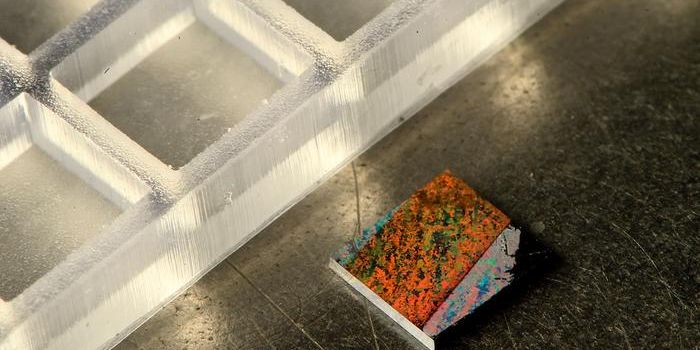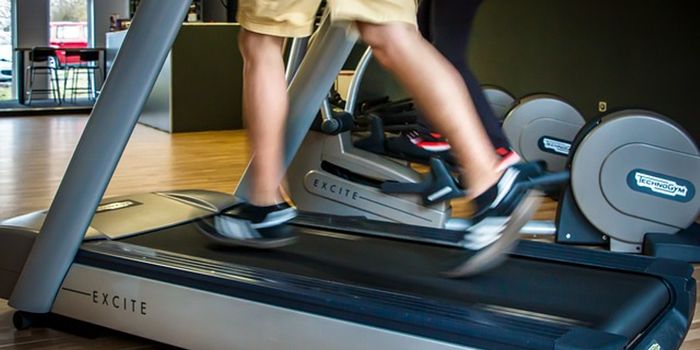Robots, Good For The Heart
The surgeons of today need to rethink their relationship with robots. This is because the field of surgery is rapidly advancing through the development of surgical robotics. Analysts now predict that the sale of these devices will nearly double by 2020 with expected sales totaling around $6.4 billion. In an industry where development is driven by demand, this seems to be good news for improving these evolving surgical tools. Watch as one of these agile machines delicately stitches the skin of a grape.
The most well-known system is the da Vinci surgical system, which was introduced nearly twenty years ago in 2000. Features of the da Vinci bot include a magnified, 3-D, high-definition vision system and tiny worm-like instruments that can bend and rotate at far greater angles than can the human hand. Because of these features, surgeons can carry out more precise operations than previously thought possible through just a few small incisions. Due to their enhanced precision, there is no doubt that robots will become an important addition to the surgical team.
In cardiology, three types of surgery are now performed regularly using robotic surgery systems. These surgeries are atrial septal defect repair, mitral valve repair, and coronary artery bypass. Some of the benefits of using a robotic system include shorter hospitalization times, reduced pain, faster return to normal activities, smaller incisions, reduced risk of infections, reduced blood loss and minimal scarring. Currently, only a handful of cardiothoracic surgical centers use this robotic technology, which is now in its third generation. It is considered a barrier to implementation that so few surgeries are performed using robotic methods. This is because surgeons need to regularly use the technology if we expect to see improvement in such procedures. Nevertheless, across medical specialties, over 1.75 million robotic procedures have been performed in the last 14 years in the United States and those numbers, especially for standard procedures, are expected to increase.
Despite all the benefits of robotic surgery, it has met some critics, who cite the inflated cost compared to traditional surgery. Compared to surgery-by-hand, a robotic procedure can cost about $2500 more per patient. It is also noted that some surgeries such as those with extremely fragile tissues are still most successfully completed by a well-trained hand. Additionally, robotics has met resistance from surgeons who fear to be, at least in some ways, replaced by the machines. Resistance comes too from patients who are fearful because the technology is fairly new and not fully understood by the general public. That said, patients and doctors alike can rest easy knowing that surgeons are 100% in control of robotic equipment and complication risks are greatly reduced by the use of such technology. It can even be argued that the reduced risk of a robotic procedure can result in fewer costs overall. With fewer infections, the risk of potentially fatal postoperative complications and costs reduced. The surgeries even save precious blood, a resource always in demand.
Sources: National Institutes of Health, Journal of The American Heart Association








